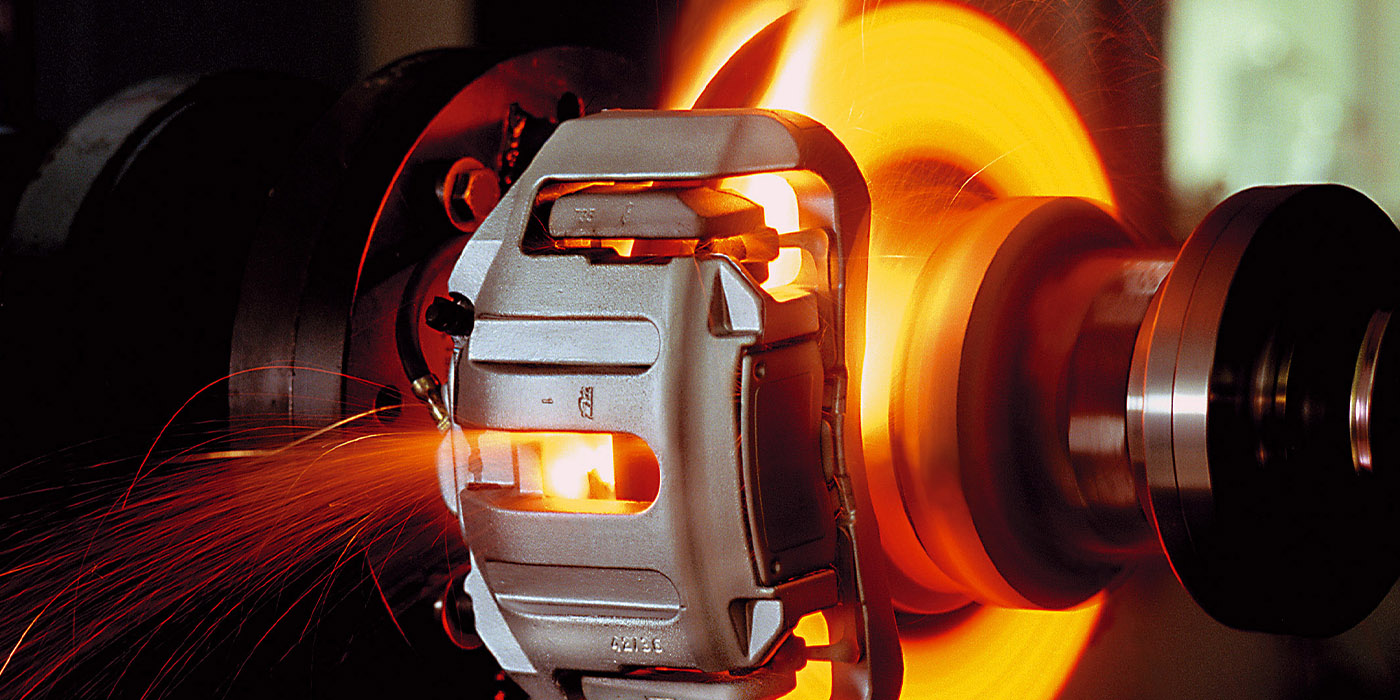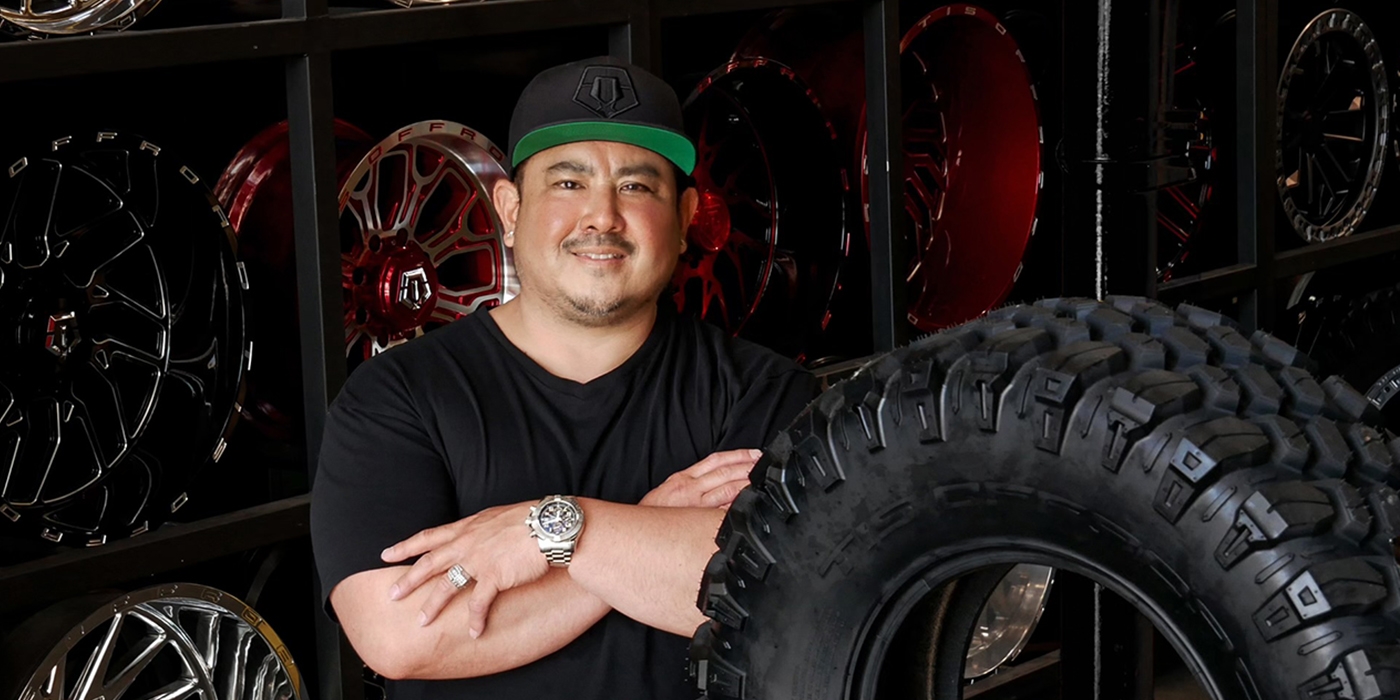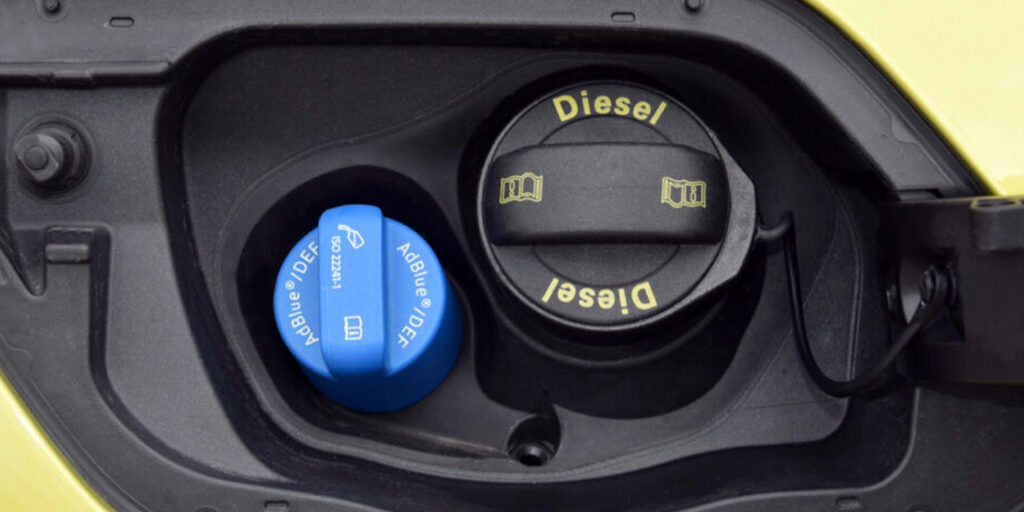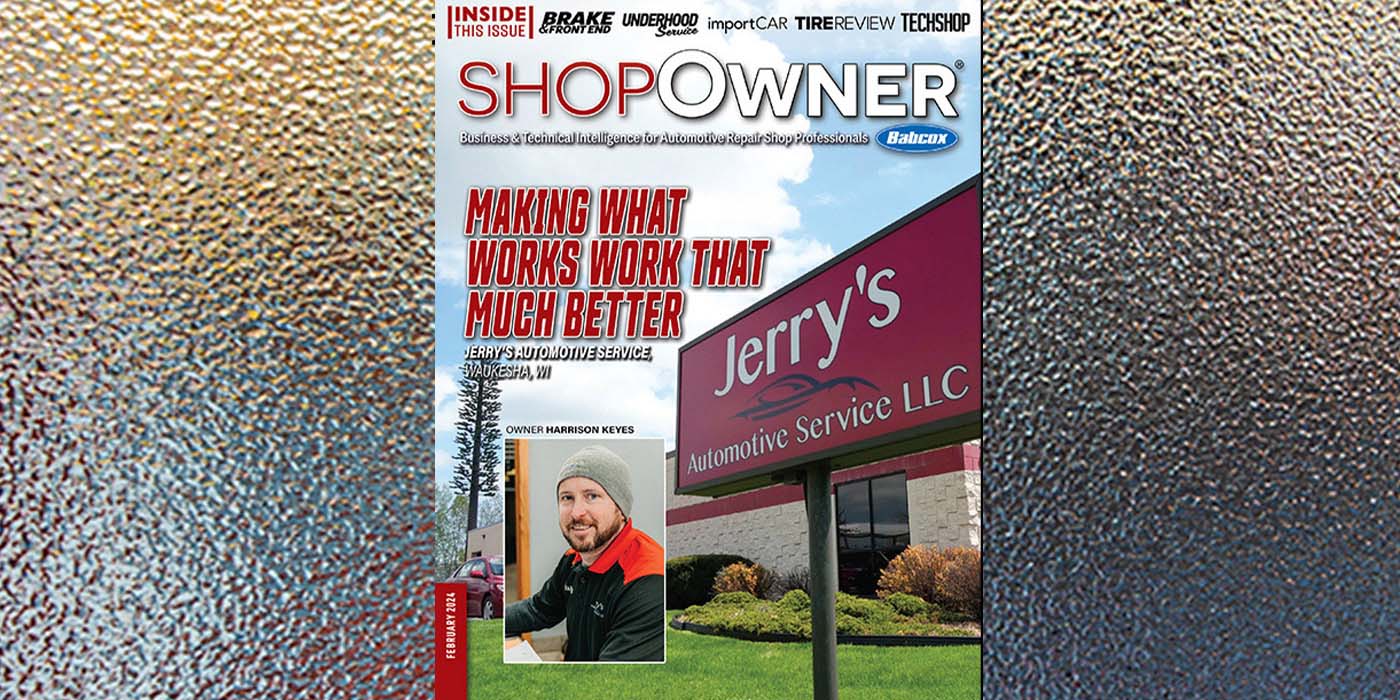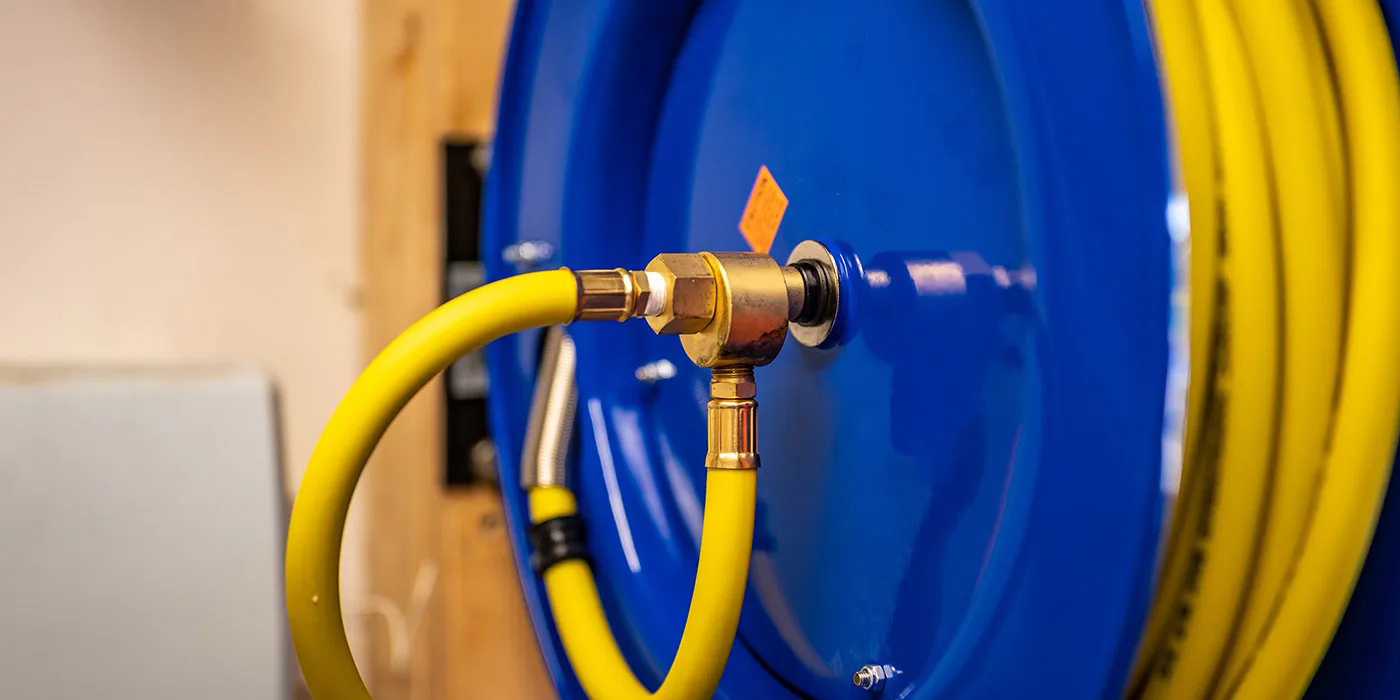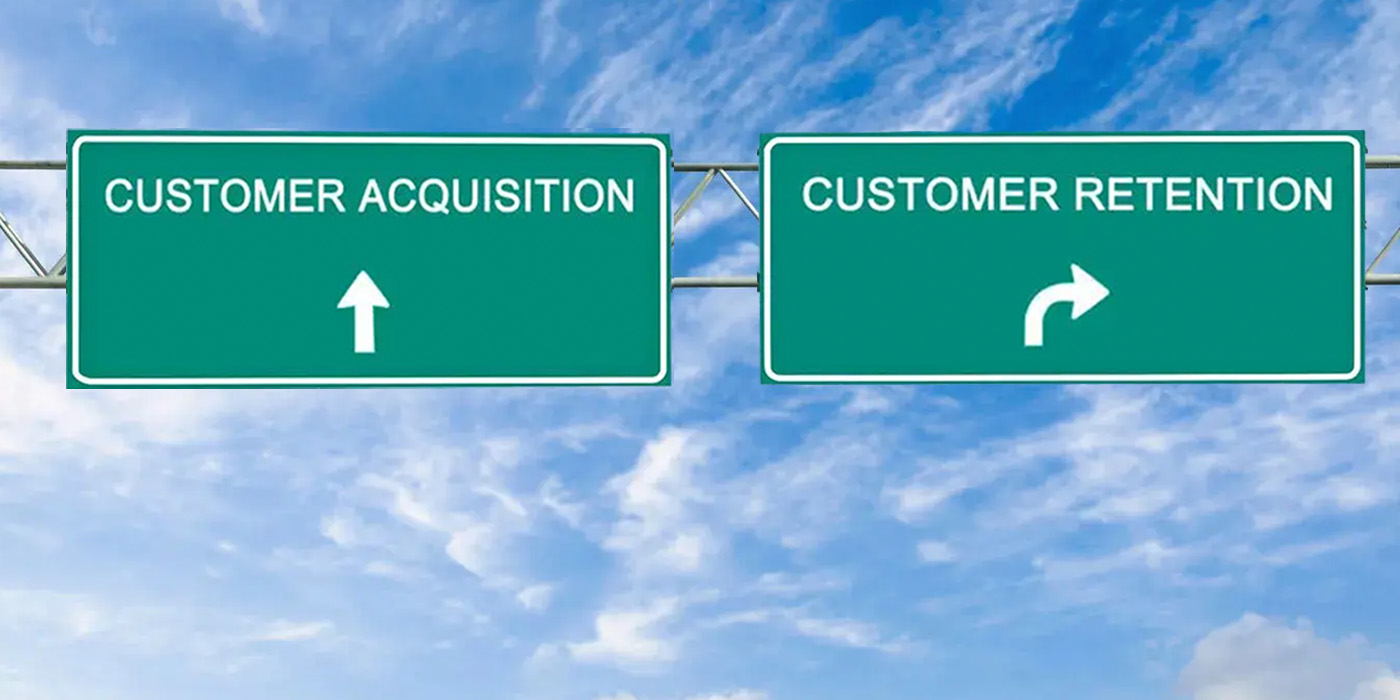All money is green and spends the same, of course, but sometimes the work to add additional sales to a single work order…well, let’s just say the juice isn’t always worth the squeeze.
You may have experience with a customer who wants you to “sharpen your pencil,” alluding to a part’s price he has seen offered at an online retailer, or because he “knows” he can get the “SAME” services you provide elsewhere, and he’s just looking for you to shave a few bucks off. Remember, he says, he’ll be bringing ALL his cars to you and tell ALL his friends what a great shop you are.
In fact, when we serve these types of customers, an 8-hour day can feel like 12, and on some occasions cause us and our team to question why we do what we do.
In many cases this customer will be one and done – but sometimes not, and unfortunately, he or she may be that repeat customer who feels like the proverbial burr in your saddle each time they darken your door.
Smart retailers and service providers know who their best customer is, no matter the price point. Walmart isn’t looking to attract the Nordstrom customers and Starbucks won’t spend marketing dollars to attract customers who patronize McDonald’s.
Knowing the profile of your prime customer will go a long way toward a happy, healthy shop environment, smiles and blue skies all the time.
Okay, I might be exaggerating a bit, but you get my point. A customer base full of your prime customers enables you to choose who you do business with instead of taking in the customers who just don’t fit with how you run your shop.
First, you need to define who your prime customer is. For each of you, the answer will look a little different. A prime customer is that perfect customer who fits like a glove. They are delineated by demographics – age group, age of children, house value and income, white or blue collar or number of vehicles. Distance from your shop and gender can be a factor too. By identifying your prime customer, you will have the ability to target your marketing to their profile. This increases the likelihood that you will see more prime vs. non-prime new customers as your marketing plan takes hold.
A Team Effort
Start examining your client base by talking with your front-line staff and discussing the profile of the customers they love to work with. You’ll get a glimpse of what their attributes are – and remember, your prime customer will look different than another shop’s prime customer!
Create Qualifiers
Attractive signage and presentation from the street are where it starts. Unkempt landscaping, trash or cars with their hoods open speak of a low-rent operation and encourage those with money to spend to look elsewhere for service.
Additionally, the types of vehicles you have on your lot do the same. If you’ve ever parked a VW Beetle out front you know what I mean. We had one customer who loved bringing in his luxury vehicles to us and insisted we work on his “Bug” too. Even though it wasn’t our bread-and-butter work, we took care of the Beetle. We soon found out the hard way that parking it out front attracted other VW owners who wanted us to work on their Bugs, too. So, going forward we always kept it out back until the owner arrived.
Sharp Dressed Man – Or Woman
A professional appearance will make a positive first impression, which then lays the foundation for a fantastic customer experience. Though a negative image still resides in a lot of potential clients’ minds, sharp dressed and well-spoken front-line professionals will go a long way to changing the grease monkey perception of yesterday.
Just Say No
When business in the shop slows, it can be tempting to say yes to any customer or vehicle, even if it doesn’t fit the goals of your shop. Taking in the wrong type of work or customer might solve a short-term challenge but can actually rock the boat when things pick back up. In some cases, this could be hours, not days.
A natural aspect of being a service provider is your desire to serve the customer’s needs, but learning how to say no and training your team to do the same can, in the long-run, make you glad you did.
Ask And Ye Shall Receive
Visit your database regularly and determine who are the top 20% of your spenders. These customers are loyal, easier to work with and buy more. They do this because they have come to know, like and trust your shop.
It is natural human behavior to for people to associate with others who have the same traits they do. Given the fact that the top 20% account for the lion’s share of your sales it is sensible to seek out their friends and associates.
If you don’t ask for the referral, the answer is always no.
You can utilize a referral program that works in multiple way, but it’s been our shop experience that the more successful referral program incentivize only the person who has been referred to your shop. In most cases, your customer wants your shop to be successful and, most importantly to take care of their friend. That is normally the only reward they need.
Prime customers are the lifeblood of your shop success, so take time to define then refine as you work through your prime customers’ attributes. Maintaining focus on what your shop does best and remaining vigilant to stay the course is a sure way to see success today and long into the future!
Shop owners, are you interested in a complimentary coaching session? Email me your shop’s details for a no- obligation 30-minute session.






